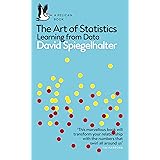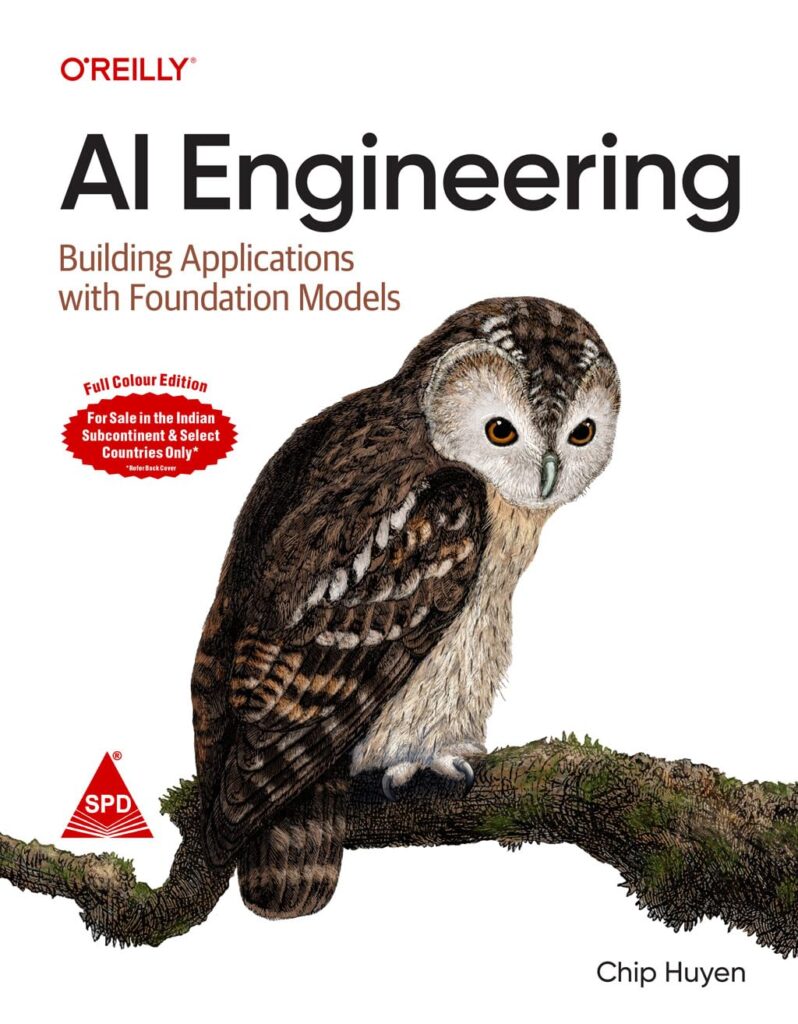Statistical Assistant Exam Preparation Part-1
Statistical Assistant Exam Preparation, let’s crack the statistical assistant Kerala PSC exam.
Statistical Assistant Exam Preparation Part-1
Set Theory
Set is a collection of WELL-DEFINED and DISTINCT objects.
N: the set of all natural numbers
Z: the set of all integers
Q: the set of all rational numbers
R: the set of all real numbers
1. Descriptive Form
One way to specify a set is to give a verbal description of its elements
Example: Set of all odd numbers less than 20.
2. Roster Form or Tabular Form
Listing the elements of a set inside a pair of braces {} is called the roster form.
Example: {a,b,c,d}
3. Set-Builder Form or Ruler Form
Set-builder is a notation for describing a set by indicating the properties that its members must satisfy.
Example: {x: x ∈ N}<5
| Descriptive Form | Set-Builder Form | Roster Form |
| The set of all vowels in English alphabet | {x:x is a vowel in the English alphabet} | The set of all vowels in the English alphabet |
Different types of Set
1. NULL Set
A null set is a set that contains no elements or values. Denoted as ∅
2. FINITE and INFINITE set
- Sets with no elements or a definite number of elements are called finite sets.
- Otherwise, It is called infinite sets.
3. EQUAL sets
Two sets are equal if they have the same elements and the same cardinality. Order does not matter
Example:
A={a,b,c,d}
B={a,c,db}
C={a,b,g,h} then
A=B called Equal sets
4. SINGLETON SET
A set with exactly one element
Example: {3}, {orange}
SUBSETS
A set is A said to be a subset of a set B if every element of A is also an element of B.
Its denoted as “A c B”
Example:
B={1,2,3,4}
A={1,2,3}
A is a subset of B, at the same time ∅ is a subset of A, ∅ is a subset of B
2. Power Set
The collection of all subsets of A is called the power set of A.
Example:
A={1,2,3}
p{A)={∅, {1,2,3}, {1},{2},{3},{1,2},{2,3},{1,3}}
B={1,2}
The power set of B is denoted as p(B)
p(B)=2^2
p(B)=2*2
p(B)=4
n[P(A)]=2^m
INTERVALS
1. OPEN INTERVAL
Let a, b ∈ R and a<b, open interval (a, b) can be defined as
(a, b)= {x: a<x<b}
Example:
(2, 6)=2, 3, 4, 5, Please note 6 is not included that’s why it is called as open interval
2. CLOSED INTERVAL
Let a, b ∈ R and a<b, the closed interval [a, b] can be defined as
(a, b)= {x: a<=x<=b}
Example:
[2, 6]=2, 3, 4, 5, 6
Ordered Pair
An ordered pair consists of two objects or elements in a given fixed order.
Denoted as (a, b)
Equality of two ordered pairs
Two ordered pairs (a, b) and (c,d) are equal if a=c and b=d
(5,3) =(5, 3) ordered pair
(5, 3) = (3, 5) ordered pairs are not equal
Cartesian Product of Two Sets
For any two non-empty sets of A and B, the set of all pairs of (a, b) where a ∈ A and B ∈B is called the cartesian product of set A and B and is denoted as A x B.
Example:
A={1,2,3}
B={a, b}
A x B=(1, a), (1,b), (2, a), (2,b), (3, a), (3,b) {First element is starting from first set and second element is starting from second set}
B x A= (a, 1), (a, 2), (a, 3), (b, 1), (b, 2), (b,3) {The First element starts from the second set and the second element is starting from the first set}
A x B is not equal to B x A
If A and B are empty A x B or B x A is empty
A={1,2,3}, B={2,3}
n(A)=3, n(B)=2
Then A x B or B x A=3*2=6
Relations
A relation R from a non-empty set A to a non-empty set B is a subset of the cartesian product set A x B.
The subset is derived by describing a relationship between the first element and second element of the ordered pairs in A x B
A={1,2,3}
B={1,2}
A x B =(1,1), (1,2), (2,1),(2,2), (3,1), (3,2)
Relation R1 the first element is equal to the second element.
R1={(1,1), (2,2)}
n(A)=m, n(B)=n the n(A x B)=mn, then possible relations from set A to set B= 2^mn
n(A)=3
n(B)=2
n(A x B)=2^mn
n(A x B)=2^6
Function
A function f from a set A to a set B is a relation between A and B which satisfies two properties.
- Every element in A is related to some element in B and
- no element in A is related to more than one element in B
In other words, given any element a ∈ A, there is a unique element b ∈ B with (a, b) ∈ f
So if it is a unique mapping then we called a function.
Real-Valued Function
A function f: A➞B is called a real-valued function if B is a subset of R (Set of all real numbers)
The number of functions from A to B = N^M (Number of elements in B ^ Number of elements in A)
A={a, b}
B={1,2,3}
Number of functions A to B
Number of functions A to B=(Number of elements in B ^ Number of elements in A)
Number of functions A to B=3^2
Number of functions A to B=9
Notes:-
- Every function is a relation
- Every relation is not a function
Which of the following is a subset of every set?
- A) The set itself
- B) The empty set
- C) The universal set
- D) None of the above
- Answer: B) The empty set
If A and B are two sets, then the union of A and B is denoted by:
- A) A ∩ B
- B) A – B
- C) A ∪ B
- D) A × B
- Answer: C) A ∪ B
Which of the following intervals represents all real numbers greater than 2 and less than or equal to 5?
- A) (2, 5]
- B) [2, 5)
- C) (2, 5)
- D) [2, 5]
- Answer: A) (2, 5]
A relation R on a set A is called reflexive if:
- A) (a, a) ∈ R for all a ∈ A
- B) (a, b) ∈ R implies (b, a) ∈ R
- C) (a, b) ∈ R and (b, c) ∈ R implies (a, c) ∈ R
- D) None of the above
- Answer: A) (a, a) ∈ R for all a ∈ A
Which of the following is a function?
- A) A relation where each element of the domain is related to exactly one element of the codomain
- B) A relation where each element of the domain is related to at least one element of the codomain
- C) A relation where each element of the domain is related to at most one element of the codomain
- D) None of the above
- Answer: A) A relation where each element of the domain is related to exactly one element of the codomain
If f(x) = x^2, then f is:
- A) A one-to-one function
- B) An onto function
- C) Both one-to-one and onto
- D) Neither one-to-one nor onto
- Answer: D) Neither one-to-one nor onto
Which of the following represents the intersection of sets A and B?
- A) A ∪ B
- B) A – B
- C) A ∩ B
- D) A × B
- Answer: C) A ∩ B
If A = {1, 2, 3} and B = {3, 4, 5}, what is A ∩ B?
- A) {1, 2}
- B) {3}
- C) {4, 5}
- D) {1, 2, 3, 4, 5}
- Answer: B) {3}
Set Theory
Question: What is the cardinality of the set {a, b, c, d}?
Answer: 4
Question: If A = {1, 2, 3} and B = {3, 4, 5}, what is A ∩ B? Answer: {3}
Subsets
Question: How many subsets does the set {1, 2, 3} have?
Answer: 8
Question: If A is a subset of B, which of the following is true?
a) A ∪ B = A
b) A ∩ B = A
c) A ∩ B = B
d) A ∪ B = B
Answer: b) A ∩ B = A
Intervals
Question: Which of the following represents an open interval?
a) [a, b] b) (a, b) c) [a, b) d) (a, b]
Answer: b) (a, b)
Question: What is the interval notation for all real numbers greater than 5?
Answer: (5, ∞)
Relations
Question: A relation R on a set A is called reflexive if:
a) (a, a) ∈ R for all a ∈ A
b) (a, b) ∈ R implies (b, a) ∈ R
c) (a, b) ∈ R and (b, c) ∈ R implies (a, c) ∈ R
d) None of the above
Answer: a) (a, a) ∈ R for all a ∈ A
Question: Which of the following is an example of a symmetric relation?
a) Less than b) Greater than c) Equality d) None of the above
Answer: c) Equality
Functions
Question: A function f: A → B is called injective if:
a) f(a) = f(b) for all a, b ∈ A
b) f(a) = f(b) implies a = b for all a, b ∈ A
c) f(a) ≠ f(b) for all a, b ∈ A
d) None of the above
Answer: b) f(a) = f(b) implies a = b for all a, b ∈ A
Question: Which of the following is a surjective function?
a) f(x) = x^2 from R to R
b) f(x) = x + 1 from R to R
c) f(x) = sin(x) from R to R
d) None of the above
Answer: b) f(x) = x + 1 from R to R
Set Theory
Question: What is the power set of {1, 2}?
Answer: {{}, {1}, {2}, {1, 2}}
Question: If A = {x | x is a prime number less than 10}, what is A?
Answer: {2, 3, 5, 7}
Subsets
Question: If A = {1, 2, 3} and B = {1, 2, 3, 4, 5}, which of the following is true?
a) A ⊆ B b) A ⊇ B c) A ∩ B = ∅ d) A ∪ B = ∅
Answer: a) A ⊆ B
Question: How many proper subsets does the set {a, b, c} have? Answer: 7
Intervals
Question: Which of the following represents a closed interval?
a) [a, b] b) (a, b) c) [a, b) d) (a, b]
Answer: a) [a, b]
Question: What is the interval notation for all real numbers less than or equal to 3?
Answer: (-∞, 3]
Relations
Question: A relation R on a set A is called transitive if:
a) (a, a) ∈ R for all a ∈ A b) (a, b) ∈ R implies
(b, a) ∈ R c) (a, b) ∈ R and (b,
c) ∈ R implies (a, c) ∈ R
d) None of the above
Answer: c) (a, b) ∈ R and (b, c) ∈ R implies (a, c) ∈ R
Question: Which of the following is an example of an antisymmetric relation? a) Less than b) Greater than c) Equality d) None of the above Answer: a) Less than
Functions
Question: A function f: A → B is called a bijective if:
a) f is injective b) f is surjective c) f is both injective and surjective d) None of the above
Answer: c) f is both injective and surjective
Question: Which of the following is an example of a non-injective function?
a) f(x) = x^2 from R to R b) f(x) = x + 1 from R to R c) f(x) = 2x from R to R d) None of the above
Answer: a) f(x) = x^2 from R to R
Statistical Assistant Exam Preparation Part-1 »
Kerala PSC Statistical Assistant Part 2 »
Kerala PSC Statistical Assistant Exam-Part3 »
Kerala PSC Statistical Assistant Exam-Part4 »
Kerala PSC Statistical Assistant Exam-Part5 »




